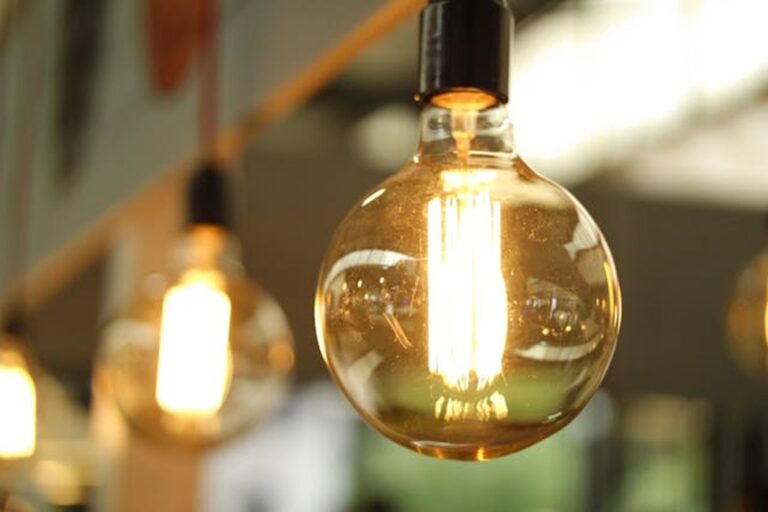Improving home energy efficiency is critical for lowering electricity bills, conserving natural resources, and providing a pleasant living environment. Rising energy costs and growing environmental sustainability worries have homeowners searching more and more for ways to maximize their energy usage. For those seeking immediate savings, knowing who has the cheapest electricity rates in Texas can be a smart first step in managing household energy expenses. Understanding the main factors influencing house efficiency helps homeowners apply focused changes with long-term results.
Upgrade Insulation for Better Temperature Control
Maintaining indoor temperature, stopping heat loss in the winter, and preserving cool air inside during the summer depends critically on proper insulation. Inadequate insulation in homes causes a lot of energy waste, which drives heating and cooling systems to run harder to keep a comfortable temperature. Common places where inadequate insulation could result in higher energy usage are floors, walls, and attics.
By closing gaps and cracks around windows, doors, and other openings, insulation can be improved even more, and drafts that let outside air influence internal temperature can be avoided. Simple but efficient ways to close these gaps are caulking and weatherstripping, therefore guaranteeing that efforts at heating and cooling are not wasted. Blown-in insulation and insulated wall panels are among modern insulating methods that offer improved coverage and help to keep homes warm while lowering dependency on heating and cooling systems.
Optimize Heating and Cooling Systems for Maximum Efficiency
Heating and cooling systems consume a considerable part of residential energy; therefore, it is critical to ensure they run efficiently. Systems run best without needless energy loss by regular maintenance including cleaning air filters and looking for ductwork leaks. Filters that are dirty or clogged limit airflow; hence, HVAC systems must work harder to keep the intended temperature.
Changing to energy-efficient HVAC equipment, such as heat pumps or programmable thermostats, improves temperature control and reduces energy use. Smart thermostats enable homeowners to design schedules that alter the temperature based on occupancy, reducing unnecessary heating or cooling when the house is vacant.
Improve Window Efficiency to Reduce Energy Loss
Windows play an important part in a home’s energy efficiency since they can retain or lose heat based on their insulating properties. Older or poorly sealed windows allow air leaks that increase energy consumption, therefore lessening the effectiveness of heating and cooling activities. By switching to energy-efficient windows with double or triple-pane glass, heat transfer can be greatly slowed, therefore maintaining indoor temperatures independent of the outside temperature.
Sealing gaps around window frames using weatherstripping and caulking can help to minimize drafts and keep air from escaping or entering. You can use a high-quality hydrophobic window coating to increase energy efficiency by preventing moisture buildup and maintaining clear visibility, eliminating the need for frequent heating or cooling adjustments.
Switch to Energy-Efficient Lighting and Appliances
Outdated lighting and appliances consume a lot of energy, resulting in increased utility bills and avoidable waste. While producing the same degree of brightness, switching conventional incandescent bulbs for LED or compact fluorescent (CFL) bulbs drastically lowers electricity use. A cost-effective and ecologically friendly solution, LED bulbs use a fraction of the energy compared to conventional options and have a longer lifetime.
Energy-efficient appliances with high Energy Star ratings, such as dishwashers, washing machines, and refrigerators, use less electricity while providing optimal performance. Changing to modern appliances with cutting-edge energy-saving features reduces overall home energy usage, helping to save money in the long run. Unplugging electronic gadgets while not in use helps to reduce phantom energy usage, which refers to items that continue to run even when in standby mode.
Utilize Renewable Energy Sources for Sustainable Power
Incorporating renewable energy sources, such as solar panels or wind turbines, is an efficient way to generate electricity while lowering reliance on traditional power lines. One of the most easily available renewable energy sources, photovoltaic panels turn sunshine into electricity. While providing long-term sustainability advantages, installing solar panels can greatly lower power expenditures.
Another approach to make the best use of renewable energy is via geothermal heating and cooling systems. These systems reduce dependency on traditional heating and cooling systems by using the steady temperatures underground to offer consistent interior climate management. By allowing homeowners to save extra energy produced by renewable sources, battery storage systems guarantee a continuous power supply even in cases of changing direct sunshine or wind availability.
Conclusion
Improving home energy efficiency calls for both clever improvements and consistent maintenance, as well as the acceptance of sustainable technologies. A more efficient house results from better insulation, heating and cooling system optimization, window replacement, appliance, and lighting switch-off to energy-efficient use of renewable energy sources. Every enhancement lowers energy use while preserving indoor comfort, thereby saving utilities and a smaller carbon footprint. Purchasing energy-efficient solutions not only helps the home but also the surroundings, therefore guaranteeing a more sustainable future.

